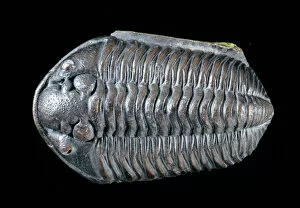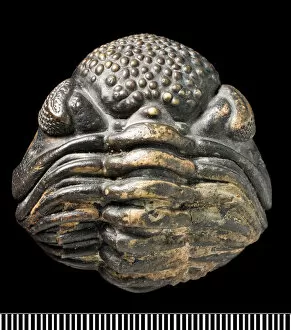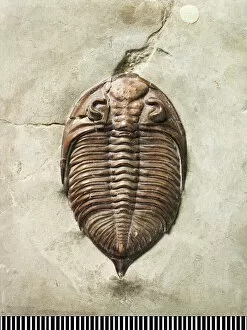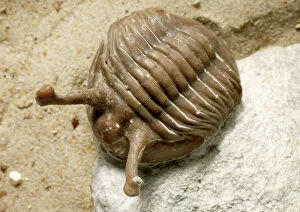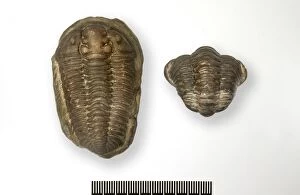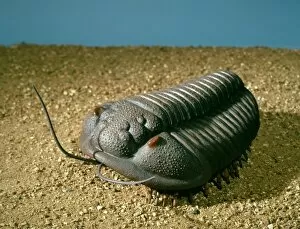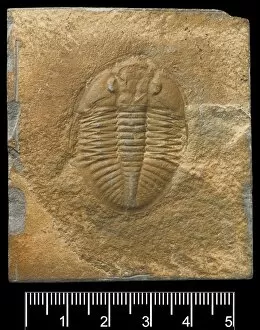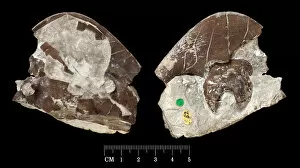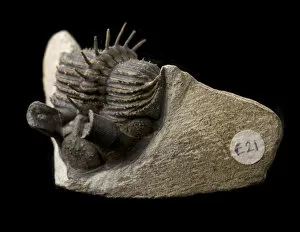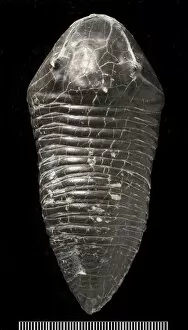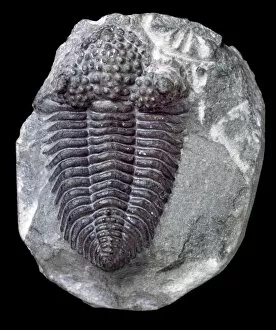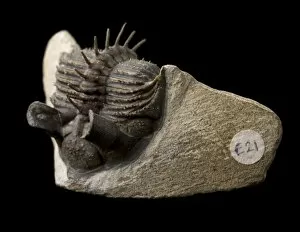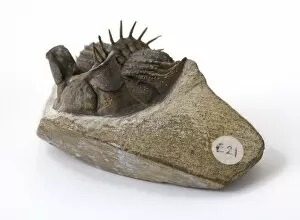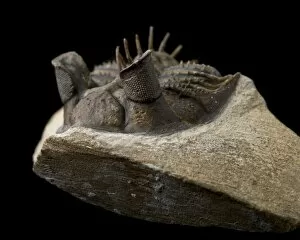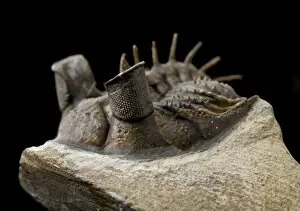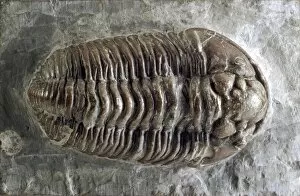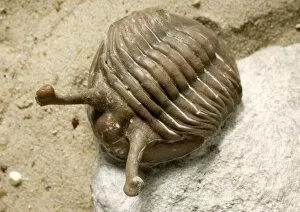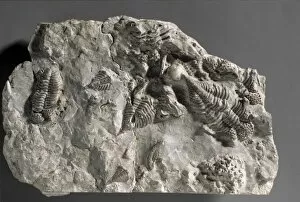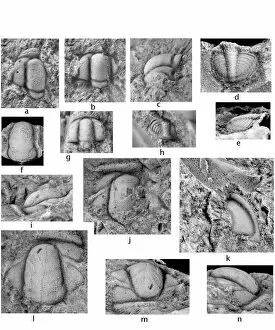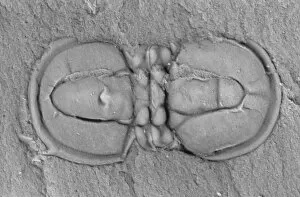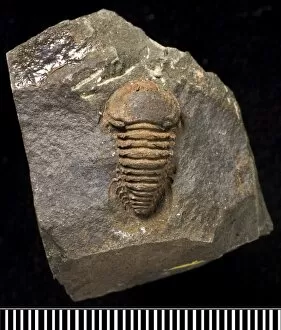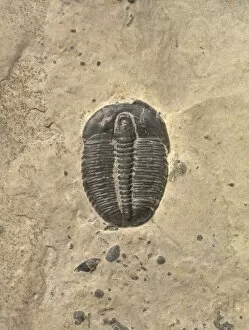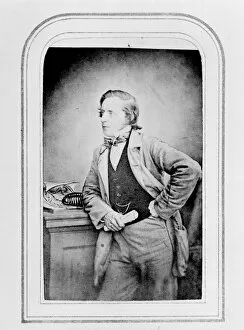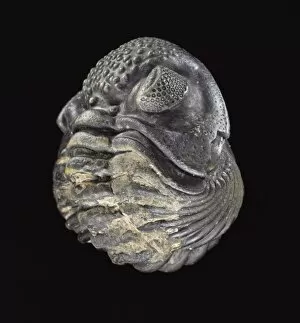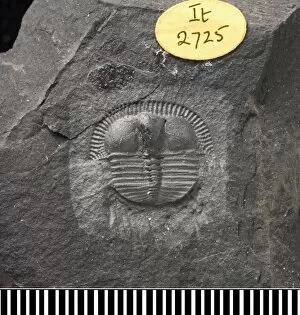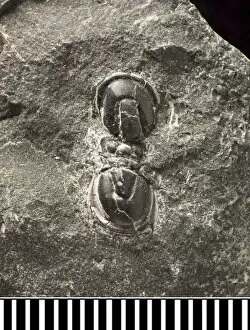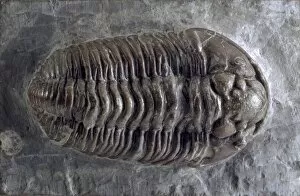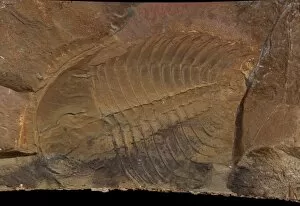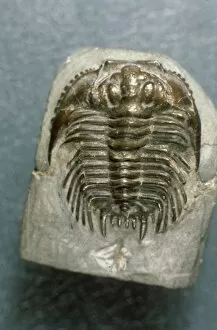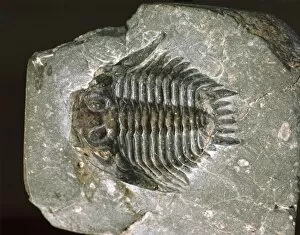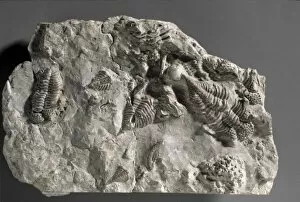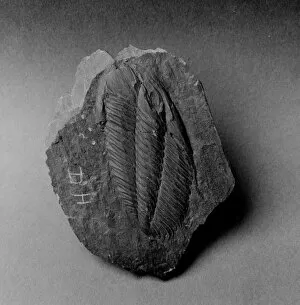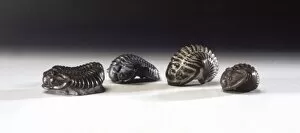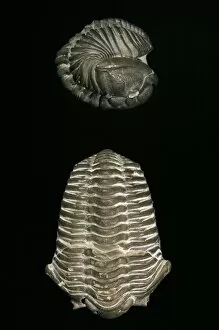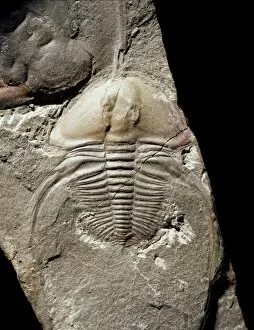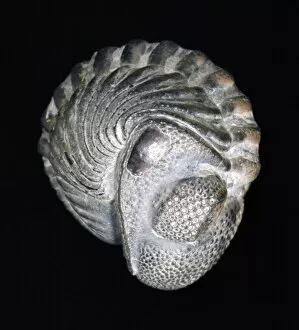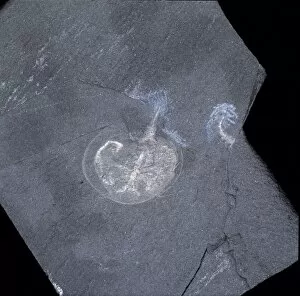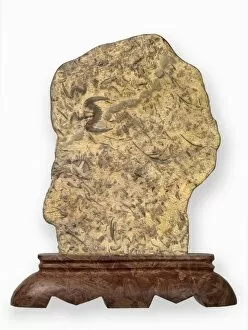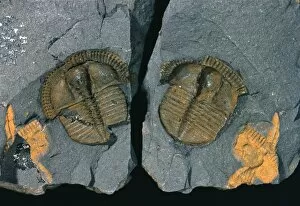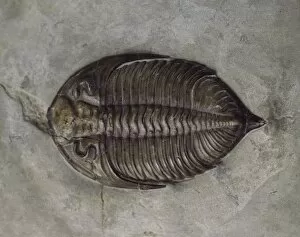Trilobitomorpha Collection
Trilobitomorpha, a fascinating group of ancient arthropods, includes various species that roamed the Earth millions of years ago
For sale as Licensed Images
Choose your image, Select your licence and Download the media
Trilobitomorpha, a fascinating group of ancient arthropods, includes various species that roamed the Earth millions of years ago. One such species is Calymene blumenbachii brongniart, a trilobite known for its distinctive features and intricate exoskeleton. Another notable member is Phacops, a fossil trilobite whose well-preserved remains provide valuable insights into the past. Dalmanites, another fossil trilobite, showcases the diversity within Trilobitomorpha with its unique characteristics. Asaphus (Neoasaphus) kowalewskii stands out among its counterparts due to its remarkable stalked eyes—a striking adaptation in this ancient creature's evolutionary journey. Ogygiocaris represents yet another intriguing example of a fossil trilobite. Its fossils offer glimpses into an era long gone and help scientists piece together the puzzle of our planet's history. Dorsal and ventral views of Isotelus platycephalus reveal different aspects of this particular trilobite's anatomy. These specimens allow researchers to study their morphology in detail and gain further understanding about their way of life. Erbenochile erbeni (Alberti), an impressive member of Trilobitomorpha, captivates with its intricate exoskeleton design. The delicate patterns preserved in these fossils showcase nature's artistic touch from eons ago. Trimerus adds to the richness within this group as it provides paleontologists with invaluable information about prehistoric ecosystems and how these creatures interacted with their environment. Encrinurus variolaris presents yet another stunning example within Trilobitomorpha—its beautifully preserved exoskeleton serves as evidence for the incredible diversity that once thrived on our planet.

